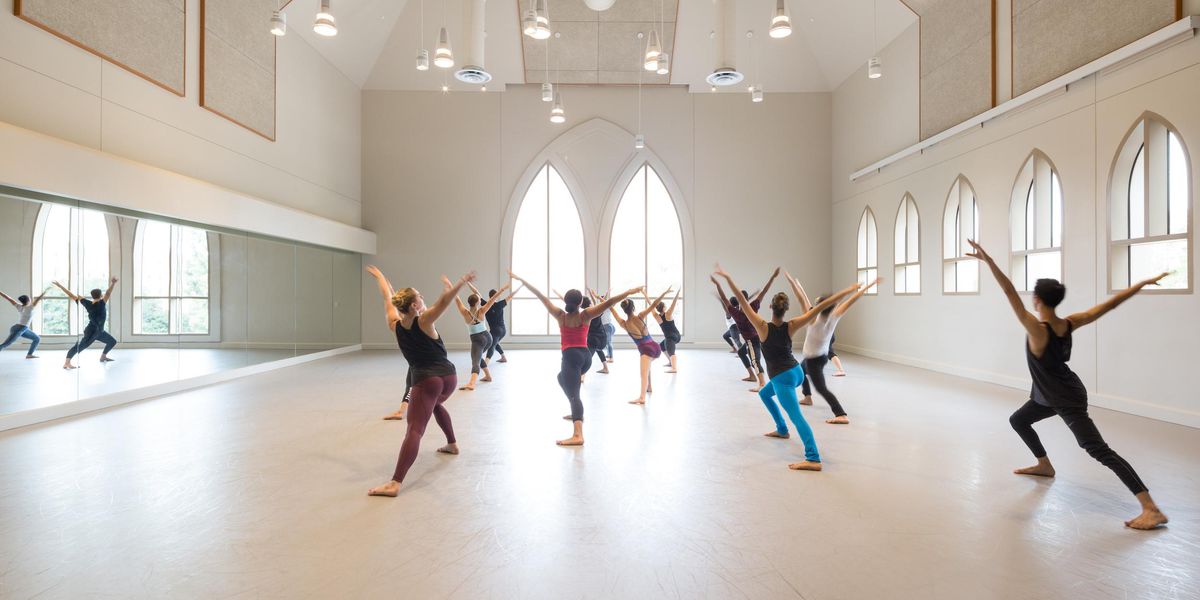Why I Dance: ODC's Josie G. Sadan
I sat recently in the former prison library on Alcatraz Island. A man carrying a champagne flute and a smartphone walked down the adjacent corridor and called through the bars, “Are you dancing?”
I was there as part of a movement installation for the opening of an exhibit by the artist Ai Weiwei. I wasn’t, in that moment, dancing. The bare room served as a backstage. Even when I moved down the long hallways, however, the environment felt at odds with dancing.
Sadan at Alcatraz, courtesy ODC
For me, dancing almost always has some thread of joy. It takes physical ideas (the foot goes here, the arm goes there) and through the prisms of dancer and choreographer, turns them into something beautifully abstract. Or, refracting in the other direction, it takes something abstract and makes it human, grounded in flesh and physics and atoms.
This structure on Alcatraz, meanwhile, was designed to block the abundant beauty that surrounds the island. It left little room for joy. And while the “rules” of dance technique are a framework to play within or interpret in new ways, this institution was intended to bring order to inmates who failed to follow rules in other prisons. It was hardly a place for prisms.
Growing up in a musical family, I gleaned from family stories the idea that dance can be a passport to experience worlds and a language to share them. One of my grandmothers traveled the world as a young woman, picking up dance techniques and traditions even as she began to go blind. When her vision faltered, she still had rhythm and music and movement.
Today, there are moments while dancing when I feel like my most complete self. The part of me that enjoys puzzles and demands logic; the part that likes to feel athletic and simply must move; the part that wants to create something larger than myself—once in a while, these parts get to work in harmony.
Of course, the day-to-day of dance is often simple labor. You have to do the thing, over and over again, to figure it out. This forces you to see your weaknesses, but it also delivers small victories. I remember one of my early ballet teachers telling a class, “You always come back to the barre.” Whatever life or a choreographer throws at you, the barre is there; pliés are predictable. The form and structure offer something to map your growth against. And embedded in this discipline, in the constant, subtle choices about phrasing and physicality, is the pursuit of an essential clarity of thought, which I love.




